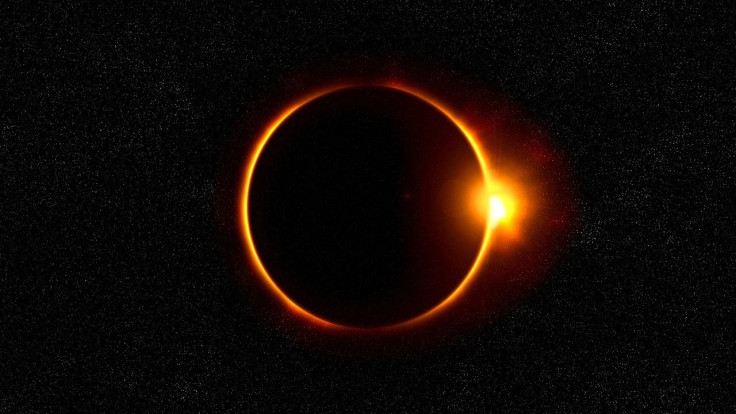Solar Eclipse Map For 2023, 24: Which US States Will Have The Best Views?
KEY POINTS
- There will be an annular solar eclipse this year and a total solar eclipse in 2024
- NASA shared a map of the highly anticipated sky events
- People in Texas will likely have a pretty good chance to enjoy both events
Sky watchers in the U.S. have two solar eclipses to look forward to in the coming months. NASA has released a map so you would know the best places to be at when these events happen.
People across the U.S. witnessed a rather spectacular sky event, dubbed by some as the Great American Eclipse, in 2017. Now there are two more Great American Eclipses to look forward to in 2023 and 2024.
NASA shared a new map of the events that will happen on Oct. 14 this year and on April 8, 2024. The one in October will be an annular solar eclipse, also known as the "ring of fire" eclipse because of the way the Moon blocks nearly the entire Sun but for the edges, creating a "ring." But the event in 2014 is a total solar eclipse, so you may not want to miss it.
On the map, one can see the paths of the two events. NASA has also shared a video of it. Those within the path of the 2023 annular solar eclipse — from Oregon to Texas — will likely have a pretty good chance to see the event. For the total solar eclipse of 2024, the path, which can be seen in purple ovals on the map, runs from Texas to Maine.
Spot an eclipse in 2023 or 2024!
— NASA (@NASA) March 8, 2023
This map shows where the Moon’s shadow will cross the contiguous US during the "ring of fire" eclipse on Oct. 14, 2023, and total eclipse on April 8, 2024: https://t.co/JHRxyFrXqK
Did you see the #eclipse in 2017? Would you travel to see these? pic.twitter.com/vrHRAugdou
Within the circles following the path on the map, one can see the time at which the eclipses are expected to be visible in each area. It also provides a guide on how long the eclipses will last.
"Weather permitting, the annular eclipse will be visible in Oregon, Nevada, Utah, New Mexico, and Texas, as well as some parts of California, Idaho, Colorado, and Arizona," NASA said, adding that it will then move on to Central and South America after that.
As for the 2024 total solar eclipse, the first place that will get to experience totality is Mexico's Pacific coast.
"The path of the (total) eclipse continues from Mexico, entering the United States in Texas, and traveling through Oklahoma, Arkansas, Missouri, Illinois, Kentucky, Indiana, Ohio, Pennsylvania, New York, Vermont, New Hampshire, and Maine," the agency noted.
The eclipse will then enter Canada through Southern Ontario.
It is estimated that about 31 million people in the U.S. are living within the path of the total solar eclipse. That's more than double the 12 million people in the path of the totality of the 2017 eclipse, and many more will likely visit those places just for the event.
Those outside the paths need not worry because "all" 48 contiguous states will reportedly be able to see "at least" a partial eclipse during both events if the weather permits, according to NASA.
Other places outside the U.S. will also get to witness these events fully. As mentioned, this year's annular solar eclipse will also be visible in Central and South America, while 2024's total solar eclipse will also cross Mexico and Canada.
You can find more details about the events on the NASA website. Next year's total solar eclipse is said to be the last one that will be visible from the contiguous U.S. until 2044, so you may want to catch a glimpse of it before the long wait for the next eclipse.

© Copyright IBTimes 2024. All rights reserved.






















